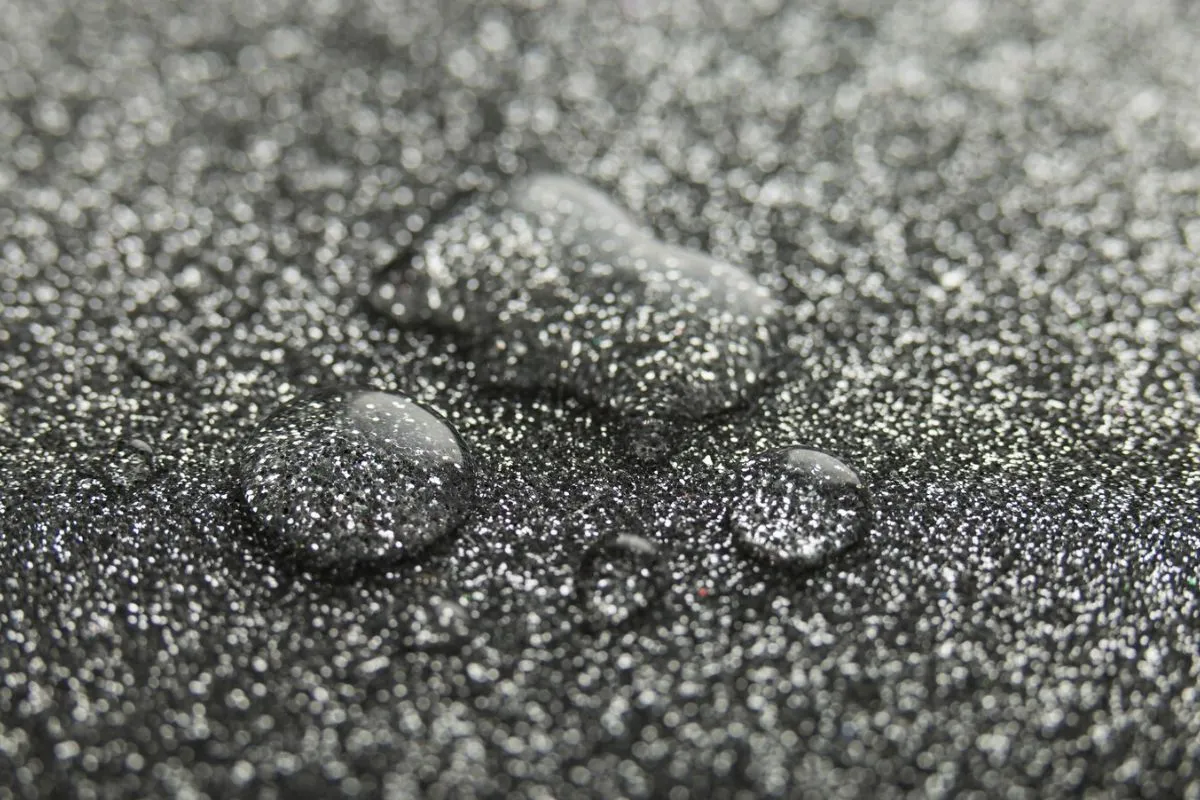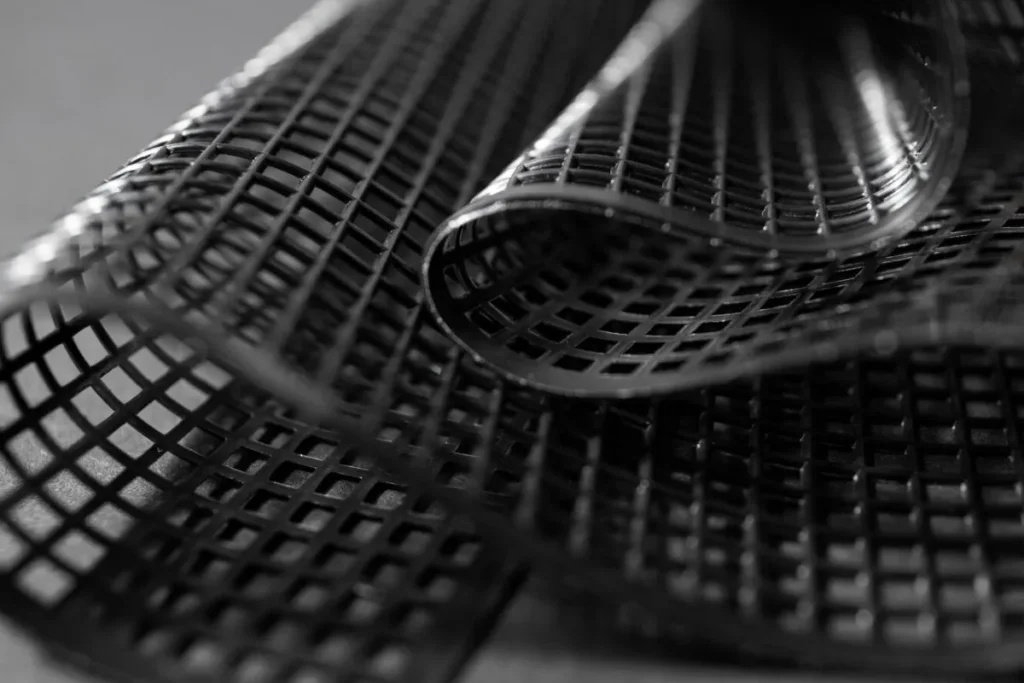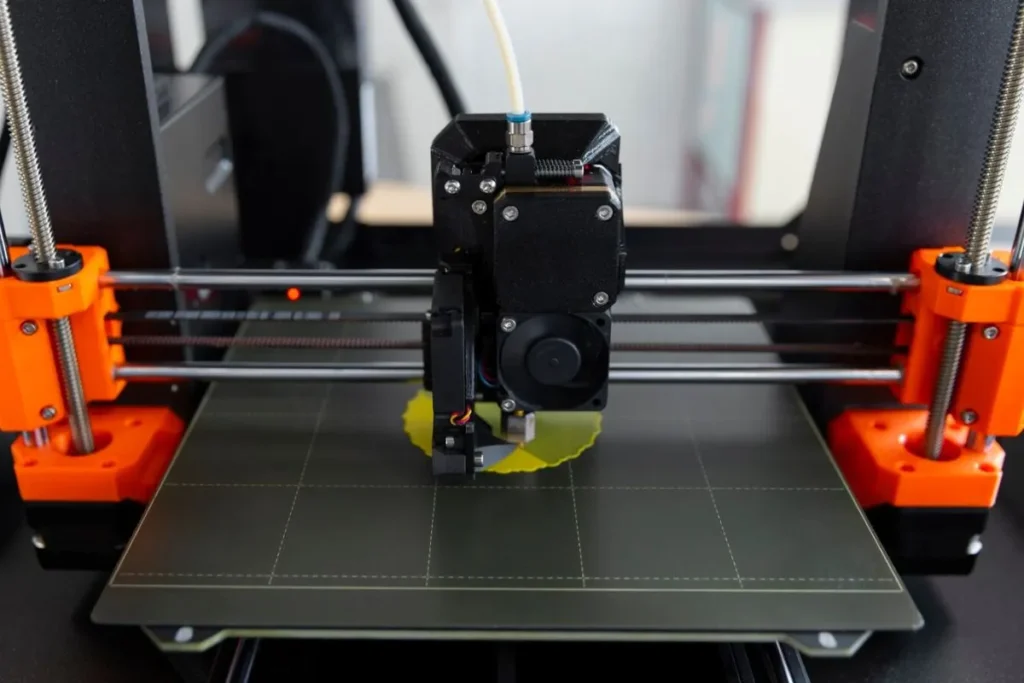Metal Powders for Industrial 3D Printing have revolutionized the way industries approach manufacturing and prototyping. This advancement offers numerous benefits, enhancing the efficiency and capabilities of various sectors.
The use of metal powders in 3D printing allows for greater precision and customization. These innovations are integral to modern engineering and fabrication, pushing the boundaries of what is possible.
However, understanding the techniques and applications of these powders is crucial. This article delves into the intricacies of this groundbreaking technology.
Introduction to Metal Powders
Metal powders form the foundation of industrial 3D printing. These powders are meticulously engineered for specific characteristics.
Not all metals are suitable for 3D printing. Commonly used metals include titanium, stainless steel, and nickel alloys.
The quality of the powder affects the final product’s strength, durability, and overall performance.
Types of Metal Powders
Metal powders come in various forms, each suited for different applications. The most prevalent categories are:
- Atomized Metal Powders: Created by atomizing molten metal, resulting in fine particles.
- Mechanically Milled Powders: Produced by grinding metal into powder, often used for specific properties.
- Electrolytic Powders: Formed through electrolysis, featuring high purity levels.
Properties of Metal Powders
The properties of metal powders largely determine their suitability for 3D printing applications. Key attributes include:
- Particle Size: Fine particles ensure better layer adhesion and smoother finishes.
- Purity: High purity levels reduce defects and improve the mechanical properties of the final product.
- Flowability: Powders with good flowability are easier to spread evenly during the printing process.
Challenges in Metal Powder Production
Production of high-quality metal powders for industrial 3D printing presents several challenges. These include maintaining particle consistency and controlling contamination levels.
Advanced techniques like gas atomization and plasma atomization are often employed to produce powders meeting strict industry standards.
Despite these challenges, ongoing research and development are continuously improving the quality and range of available metal powders.
Techniques in Industrial 3D Printing with Metal Powders
Various 3D printing techniques utilize metal powders, each offering unique advantages. Understanding these techniques is critical for selecting the right method for a particular application.
Direct Metal Laser Sintering (DMLS)
DMLS is one of the most widely used 3D printing techniques for metal powders. This method involves sintering metal powder layer by layer using a laser.
DMLS offers high precision and is ideal for producing complex geometries. It’s extensively used in aerospace, automotive, and medical industries.
However, DMLS can be expensive and requires sophisticated equipment, limiting its accessibility for small-scale operations.
Selective Laser Melting (SLM)
SLM is similar to DMLS but melts the powder completely, resulting in a more homogeneous and strong final product. This technique is preferred for critical applications where strength is paramount.
SLM is often used in sectors requiring high-performance parts like aerospace and defense. It allows for the creation of parts with properties similar to wrought metals.
Despite its advantages, SLM also demands a high level of control and quality assurance to ensure the integrity of the final product.
Electron Beam Melting (EBM)
EBM utilizes an electron beam to melt metal powder layers. This technology is known for its speed and precision, making it suitable for high-stress applications.
EBM is widely used in the medical field for producing implants and prosthetics. It offers superior control over the microstructure of the printed parts.
However, EBM requires a vacuum environment, which increases the complexity and cost of the process.
Applications of Metal Powders in Industrial 3D Printing
The versatility of metal powders in industrial 3D printing opens up a wide range of applications. This technology has transformed various industries by enabling the creation of components that were previously impossible or impractical to produce using traditional methods.
Aerospace Industry
The aerospace industry has been one of the primary adopters of metal powders in 3D printing. The ability to produce complex, lightweight components has significantly improved aircraft performance and fuel efficiency.
3D printed metal parts, such as turbine blades and structural components, exhibit excellent strength-to-weight ratios. This allows for more efficient and reliable aircraft designs.
Additionally, the customization capabilities of 3D printing enable the production of parts tailored to specific requirements, enhancing overall functionality and safety.
Medical Field
In the medical field, 3D printing with metal powders has enabled the creation of custom implants and prosthetics. This has improved patient outcomes and reduced recovery times.
For example, titanium alloys are commonly used for orthopedic implants due to their biocompatibility and strength. 3D printing allows for precise fabrication, ensuring a perfect fit for each patient.
Moreover, this technology enables the production of complex geometries that mimic natural bone structures, promoting better integration with the body.
Automotive Industry
The automotive industry benefits from metal powder 3D printing by producing lightweight and high-performance components. This contributes to improved vehicle efficiency and reduced emissions.
Key applications include engine parts, exhaust systems, and custom fixtures. 3D printing allows for rapid prototyping, speeding up the development process.
Additionally, the ability to produce parts on demand reduces inventory costs and enhances the flexibility of production lines.
Future Trends in Metal Powder 3D Printing
The future of metal powder 3D printing holds exciting possibilities. Continuous advancements in materials and techniques are expanding the capabilities and accessibility of this technology.
Material Innovations
Researchers are constantly developing new metal powders with enhanced properties. These innovations aim to improve strength, reduce weight, and increase the range of applications.
Examples include high-entropy alloys and metal matrix composites, which offer superior performance compared to traditional materials.
Such advancements will enable the production of even more complex and high-performance parts, further expanding the potential of 3D printing.
Process Optimization
Optimization of 3D printing processes is another key trend. Improvements in software and hardware are enhancing the precision, speed, and reliability of metal powder 3D printing.
Machine learning and AI are being integrated into 3D printing systems to predict and optimize printing parameters. This leads to higher quality parts with reduced waste.
As these technologies evolve, the barriers to entry will lower, making 3D printing more accessible to a broader range of industries.
Sustainability
Sustainability is an increasingly important consideration in metal powder 3D printing. Efforts are being made to reduce waste and energy consumption during the printing process.
Recycling of metal powders and the use of renewable energy sources are gaining traction. These initiatives contribute to the development of more sustainable manufacturing practices.
As the industry grows, the emphasis on sustainability will likely continue to shape the future of metal powder 3D printing.
Enhancing the Future of Manufacturing
Metal powders for industrial 3D printing are revolutionizing manufacturing across various sectors. They offer unparalleled precision, customization, and efficiency.
Understanding the different techniques and applications is crucial for leveraging this technology. Continuous advancements are pushing the boundaries of what’s possible.
Incorporating metal powder 3D printing into your manufacturing processes can lead to significant improvements. Stay informed about the latest trends and innovations for future growth.
Frequently Asked Questions
What metals are commonly used in 3D printing?
Common metals include titanium, stainless steel, and nickel alloys. Their selection depends on the required properties of the final product.
Why is particle size important in metal powders for 3D printing?
Fine particles ensure better layer adhesion and smoother finishes, leading to higher quality printed products.
How does 3D printing with metal powders benefit the aerospace industry?
It allows the production of lightweight, complex parts with excellent strength, improving aircraft performance and fuel efficiency.
What are the advantages of Selective Laser Melting (SLM) over other techniques?
SLM melts the powder completely, resulting in a more homogeneous and strong final product. It’s ideal for high-performance applications.
What future trends can we expect in metal powder 3D printing?
Future trends include material innovations, process optimization, and a focus on sustainability, expanding the technology’s capabilities and accessibility.



